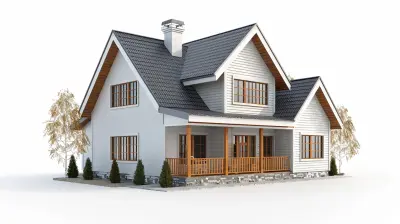Home Flipping in a Buyer’s Market: Is It Right for You?
11 October 2025
Have you been daydreaming about flipping homes like the pros on those binge-worthy HGTV shows? I get it—there’s something thrilling about turning a fixer-upper into someone’s dream home and pocketing a pretty profit. But let’s hit pause for a moment and ask the big question: Is home flipping in a buyer’s market really the golden ticket, or is it more of a gamble than it seems?
Let’s dive in and break it down—real talk, no fluff.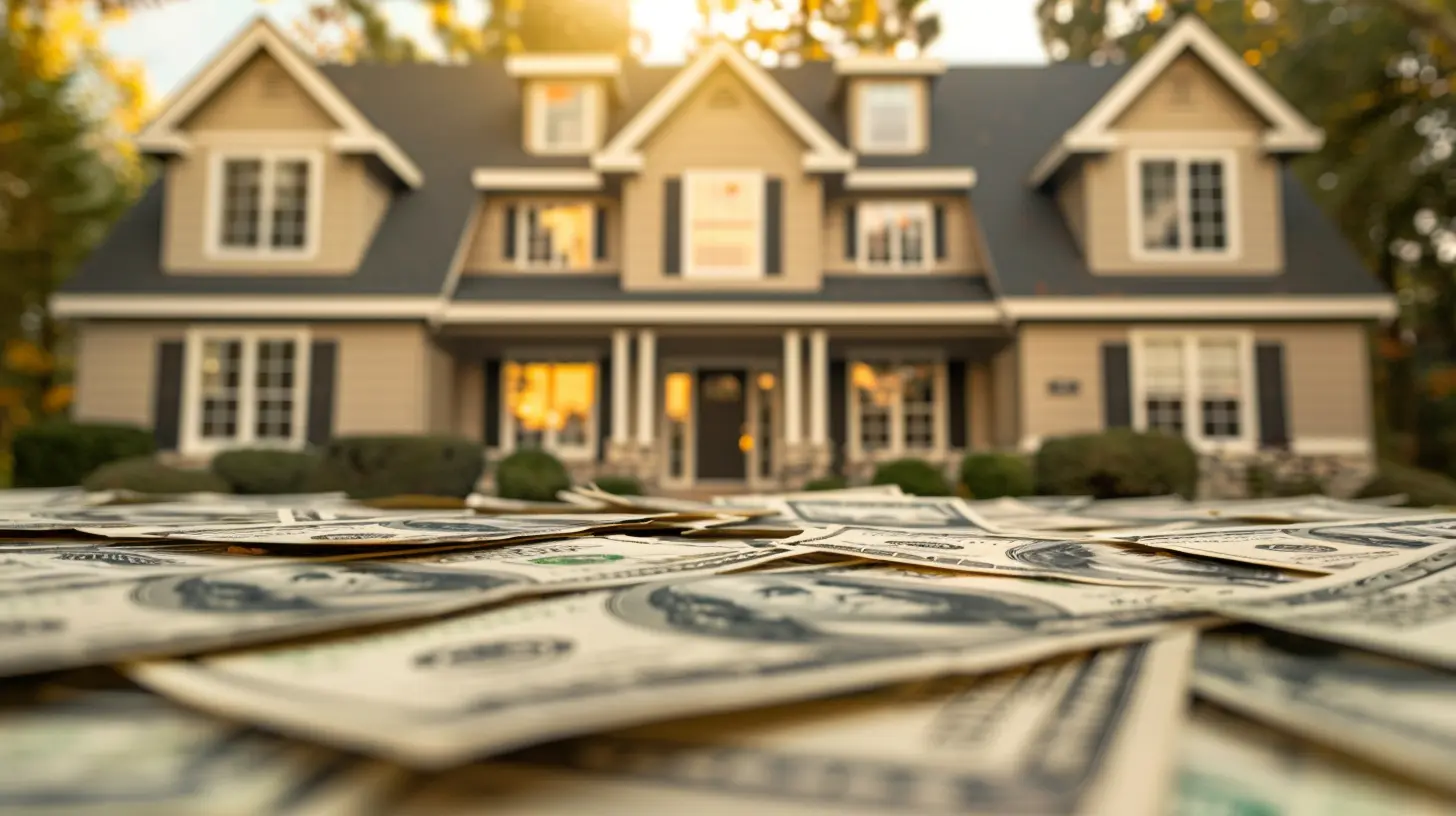
What Is a Buyer’s Market Anyway?
Before we talk flips and profits, let’s make sure we’re on the same page. A buyer’s market happens when there are more homes for sale than there are people ready to buy them. That gives buyers more power—more choices, more room to negotiate, and (typically) lower prices.Sounds like a dream if you’re the one buying the home, right? But what if your goal is to buy low, fix it up, and then sell high? That’s where it starts to get tricky.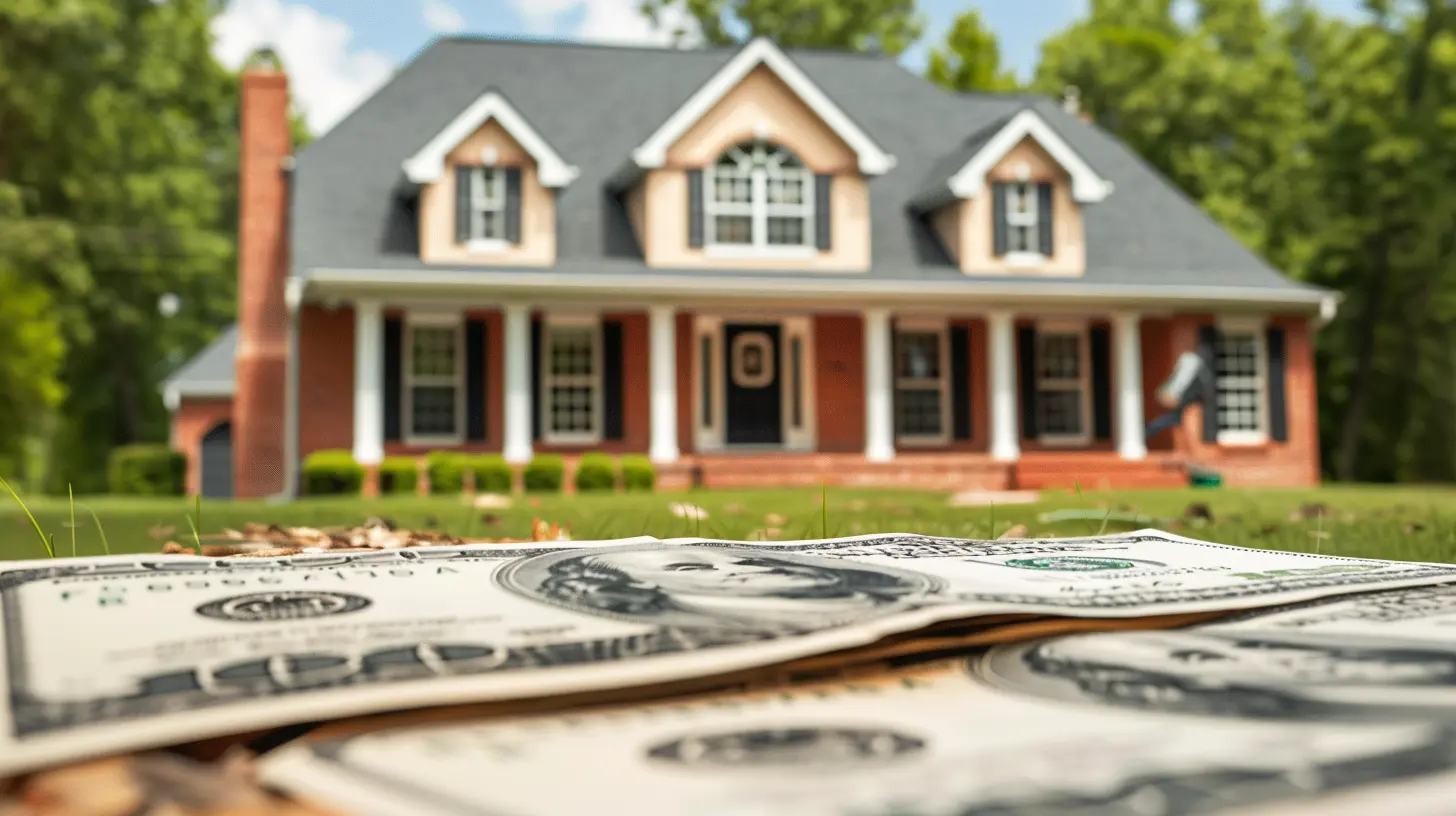
The Basics of Home Flipping
So, here’s the deal. Home flipping means buying a property, adding value (usually through renovations), and reselling it quickly to make a profit. The magic lies in the “buy low, sell high” part. But in a buyer’s market, selling high isn’t so, well, high.Think of it like baking a cake you plan to sell—if everyone’s already got cake or isn’t hungry, your beautifully decorated treat might just sit around getting stale.
So, does that mean you should abandon the idea altogether? Not necessarily.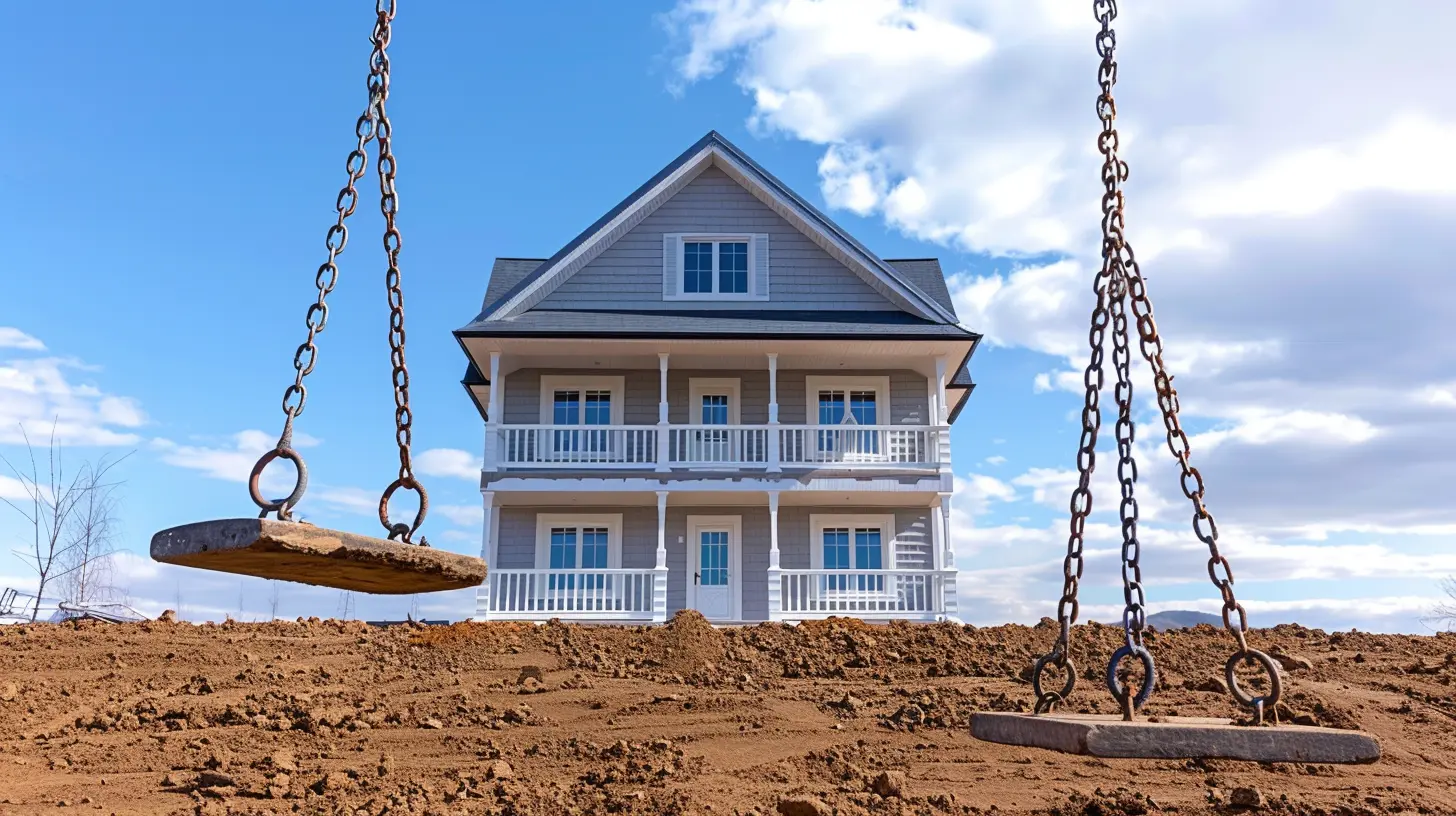
The Pros of Flipping in a Buyer’s Market
Let’s start with the silver linings—because yes, there are a few.1. Lower Purchase Prices
In a buyer’s market, sellers are usually more motivated. That means you can often snag homes below market value, especially if the property has been sitting for a while. More room to negotiate? Heck yes.2. Less Competition
When the market’s hot, you’ll be bidding against eager homebuyers and other flippers. In a buyer’s market, though, your chances of scoring a deal without a bidding war go way up.3. Better Variety
With more homes on the market, you’re more likely to find properties that fit your flipping strategy—whether you’re hunting for a cosmetic fixer-upper or a full-blown remodel situation.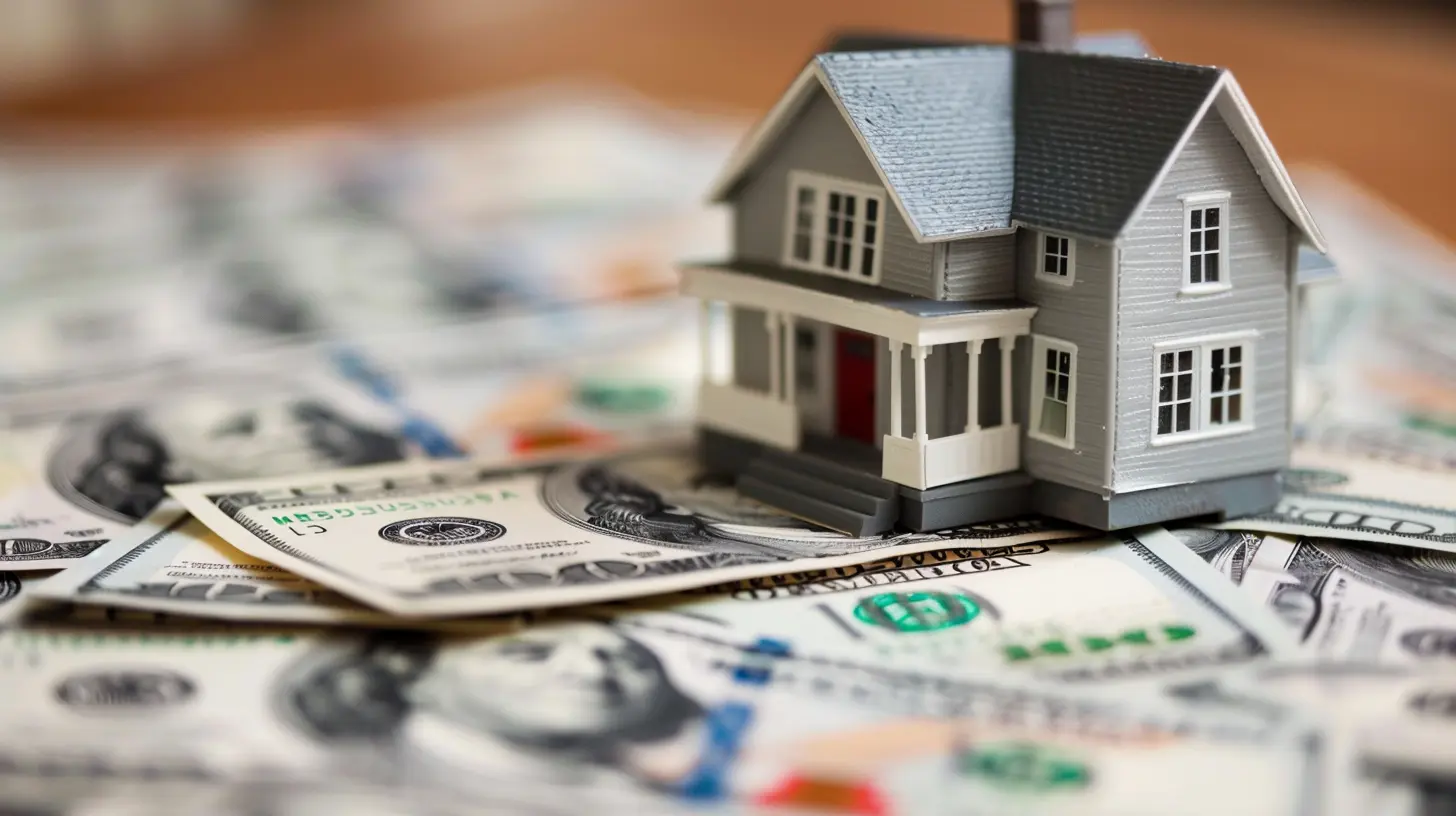
But Here Comes the Reality Check
Flipping in a buyer’s market isn’t all sunshine and dollar signs. There are a few not-so-fun truths you’ll need to consider.1. Longer Selling Times
Remember, fewer buyers means longer wait times to sell. Holding costs (mortgage payments, utilities, property taxes, insurance) can eat away at your profits the longer your flip sits on the market.2. Lower Resale Prices
Here’s the kicker: when buyers have more choices, they’re more selective and expect better deals. That can push sales prices down, which directly impacts your bottom line.3. Increased Risk of Over-Renovating
There's a real temptation to go all-in on upgrades to attract buyers… but in a buyer’s market, over-improving beyond neighborhood norms can actually work against you. You might not recover what you spend if that fancy kitchen doesn’t match the area.So, How Do You Make It Work?
Glad you asked. If you're still thinking of rolling up your sleeves and transforming houses in a buyer’s market, you'll need to get smart, strategic, and maybe just a little scrappy.1. Know Your Numbers—Like, Really Know Them
Flipping isn’t guesswork. You need to run the numbers like a CFO:- ARV (After Repair Value) – What can you realistically sell the home for?
- Repair Costs – Get multiple estimates and always budget for surprises.
- Holding Costs – The longer you own the home, the more you pay.
- Contingency Cushion – Add 10-20% on top of your repair estimate just in case.
If the math doesn't work out, walk away. There will always be another opportunity.
2. Choose the Right Neighborhood
Some areas weather a buyer’s market better than others. Look for:- Good schools
- Low crime rates
- Quick access to jobs, shopping, and highways
- Signs of gentrification or growth
A not-so-great home in a great location is usually a better bet than a great home in a not-so-great location.
3. Keep Renovations Simple and Cost-Effective
You don’t need to turn every home into a luxury palace. Focus on improvements that offer the best ROI:- Fresh paint
- Updated lighting
- Flooring refresh
- Kitchen and bathroom facelifts
Stick to neutral colors and finishes that appeal to the widest audience. You're not decorating for yourself—you’re setting the stage for buyers to imagine their life there.
4. Work with a Solid Team
Flipping isn’t a solo sport. You’ll need:- A reliable contractor (and plan B contractor, just in case)
- An experienced real estate agent
- A savvy accountant
- Possibly a property inspector or consultant
The right team can save you time, money, and a whole lot of stress.
Is Flipping Right for You? (Seriously, Ask Yourself)
Now here’s where you need to do a little soul-searching. Flipping homes can be exciting, profitable, and even addictive… but it’s not for everyone.Ask yourself:
- Am I financially prepared for unexpected costs or delays?
- Do I have the time and mental bandwidth to manage a project?
- Am I comfortable with risk?
- Can I handle stress and uncertainty?
If you’re nodding along, you might be a good fit. But if that last question made your stomach flip (pun intended), maybe consider partnering with an experienced flipper or starting as a passive investor.
Alternatives to Traditional Flipping
Still intrigued by the real estate game but hesitant to go all-in on a flip? Here are some lower-risk ways to dip your toes in:1. Live-In Flip
Buy a house, live in it while you renovate, and sell it after a year or two. Bonus: You might qualify for tax breaks on capital gains if it’s been your primary residence.2. Wholesaling
This involves finding distressed properties and assigning the contract to another investor for a fee. Minimal risk, fast turnaround—but it takes hustle.3. BRRRR Strategy (Buy, Rehab, Rent, Refinance, Repeat)
Instead of flipping, you turn the property into a rental. It generates income while building equity, and you can refinance to pull out cash for your next investment.Final Thoughts: Timing Is Everything
Listen, flipping homes in a buyer’s market isn’t impossible. It just requires a different mindset. You’re not riding a wave—you’re steering against the current. Do it wrong, and you could sink. But do it right? You might just find some golden opportunities others are too scared to chase.So, is home flipping in a buyer’s market right for you?
Only you can decide that. But now, at least, you’ve got the knowledge to answer it with confidence—and maybe a little excitement.
Frequently Asked Questions (FAQs)
Is it harder to flip houses in a buyer’s market?
Yes, because you’re likely to encounter slower selling times and lower sale prices. However, lower purchase prices can offset some of the risk if you plan carefully.Can you still make a profit flipping in a buyer’s market?
Absolutely—but you need to be extra cautious. Focus on the numbers, know your market inside out, and avoid emotional decisions.What’s the biggest mistake flippers make in a buyer’s market?
Overpaying for the property or overspending on renovations. Either one can destroy your profit margin. Stick to what the market will support, not what your Pinterest board dreams of.all images in this post were generated using AI tools
Category:
Buyers MarketAuthor:

Vincent Clayton
Discussion
rate this article
1 comments
Vance McIntire
Consider risks carefully; profits can be elusive.
October 21, 2025 at 4:09 AM

Vincent Clayton
Absolutely! Careful risk assessment is crucial in a buyer's market, as potential profits can often be harder to realize.

